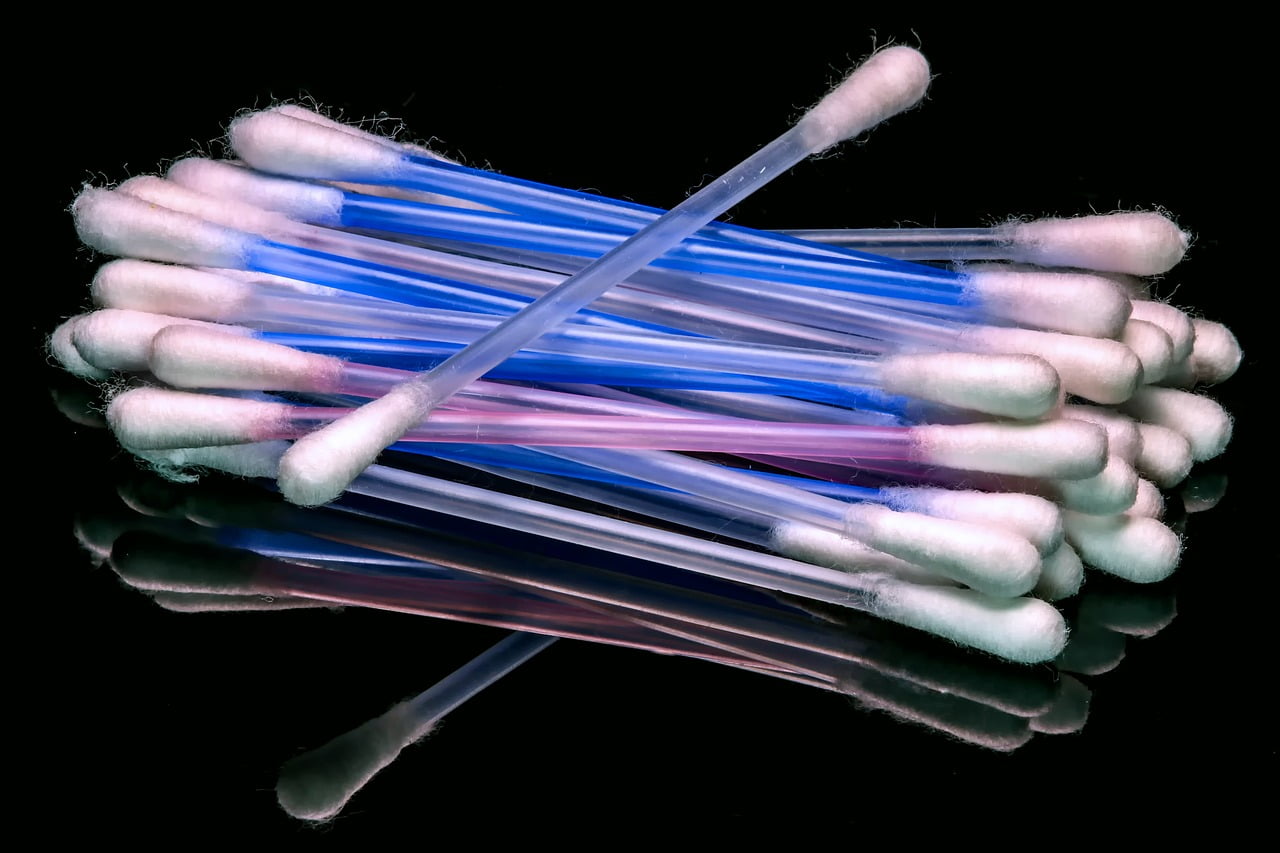
Ear wax can be a bothersome issue for many individuals, causing discomfort, temporary hearing loss, and even pain. While there are various methods available to remove ear wax, manual instrument ear wax removal is one of the most effective and widely used techniques. In this article, we will explore the road to successful manual instrument ear wax removal, discussing the process, safety measures, and tips for achieving optimal results.
Manual instrument ear wax removal involves the use of specialised tools to gently extract ear wax from the ear canal. This method is typically performed by audiologists or ear, nose, and throat specialists (ENT). The process generally follows these steps:
Preparation
Prior to your appointment with us, we recommended that you use Earol or Waxsol ear drops for at least five-seven days before your appointment. This ensure that the wax is soft enough to come out and helps minimising discomfort and injuries when removing the wax.
Examination
We start by examining your ear canal with a magnifying head-loupe and speculum to help us locate and see the amount/severity of wax in your ears. The audiologist you see will also look for any signs of inflammation, discharge, infection and any abnormalities of the ear canal.
Instruments
Depending on your ear canal anatomy and the nature of the wax. Your audiologist will choose the more suitable and most safe manual instrument for the removal of your ear wax. The most commonly used instruments are crocodile forceps,jobson horne, rosen hook and st barts hook. In some cases a combination of manual instruments and microsuction may be used, due to the location of the wax. For example, if the wax is hard and impacted, a jobson horne or forceps may be used to gently scrape or grasp the wax and remove it. On the other hand, if the wax is soft and easily movable microsuction may be used.
Gentle extraction
Using the selected instrument, your audiologist will carefully and gently removes the ear wax from the ear canal. We proceed with caution to avoid causing any damage or discomfort to the individual. As mentioned above a combination of ear wax removal techniques may be used. This meticulous approach ensures the removal of the wax without causing unnecessary pain or complications.
Post-removal assessment
Once the removal is completed, your audiologist will reexamine your ear canal to ensure that everything is okay and that all wax has been removed. We may also provide some after care advice, such as the use of ear drops to prevent future wax build-up.
While manual instrument ear wax removal can be highly effective, it is essential to prioritise safety to prevent any potential complications. Here are some safety measures that should be followed during the process:
Professional assistance
Manual instrument ear wax removal should be performed by trained audiologist to ensure the procedure is performed safely and minimise the risk of injury. We are trained to handle various ear wax impactions and understand the intricacies of the ear anatomy. Relying on our expertise reduces the chances of complications and promotes optimal outcomes.
Proper lighting and visualisation
Adequate lighting and magnification tools, such as an otoscope and magnifying head loupes are essential for clear visualisation of the ear canal. This helps us navigate the delicate structures of the ear without causing harm this is why having clear visibility in any ear wax removals so important.
Avoid putting things in you ears:
Cotton buds, twisted tissue and home removal kits should never be used for ear wax removal, as they can push the wax further into the ear canal, leading to complications. This can result in increased discomfort, damage to your ear canal, and even a higher risk of infection. We encourage you to seek professional help from an audiologist for a safe and effective removal.
Patient cooperation
Patients should actively cooperate with the audiologist performing the procedure. This includes keeping your head still and following instructions for optimal results. By cooperating fully, you will contribute to the overall success of the procedure and minimise any potential risks.
To ensure successful manual instrument ear wax removal, consider the following tips:
In conclusion, manual instrument ear wax removal is a safe and effective method for addressing the issue of excessive ear wax. By following the proper process, prioritising safety measures, and seeking professional help from an audiologist you can find relief from discomfort and improve their overall ear health. Remember to consult a healthcare professional for personalised guidance and optimal outcomes.
Q: Who performs manual instrument ear wax removal?
Manual instrument ear wax removal is typically performed by audiologists or ear, nose, and throat specialists.
Q: What is the process of manual instrument ear wax removal?
The process generally involves examination, preparation, instrument selection, gentle extraction, and post-removal assessment.
Q: Are there any safety measures to follow during manual instrument ear wax removal?
Yes, some safety measures include seeking professional assistance, ensuring proper lighting and visualisation, employing a gentle technique, avoiding the use of cotton swabs, and cooperating with the audiologist.
Q: What are some tips for achieving optimal results during manual instrument ear wax removal?
A: Tips include seeking professional help, avoiding self-attempts, following aftercare instructions, maintaining regular ear hygiene, and being aware of symptoms indicating excessive ear wax.
On many occasions after providing a full hearing assessment I get asked the question “can…
Microsuction is a safe and effective method for removing earwax and debris from the ear…
Ear wax, also known as cerumen, is a substance that is naturally produced by our…
Ear wax, or cerumen, is a natural substance produced by the ear canal to protect…
Cleaning our ears is an important part of our personal hygiene routine. It not only…
Earwax, also known as cerumen, is a natural substance produced by the ear canal to…
This website uses cookies.